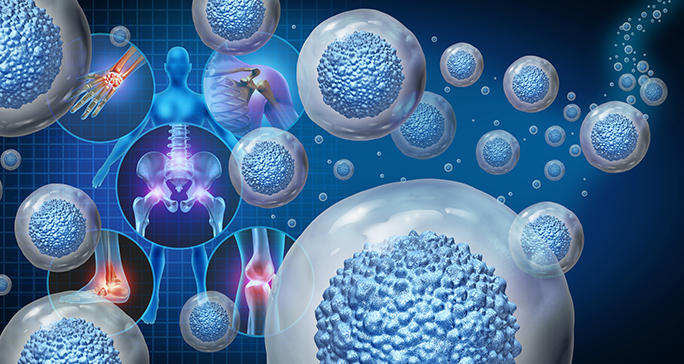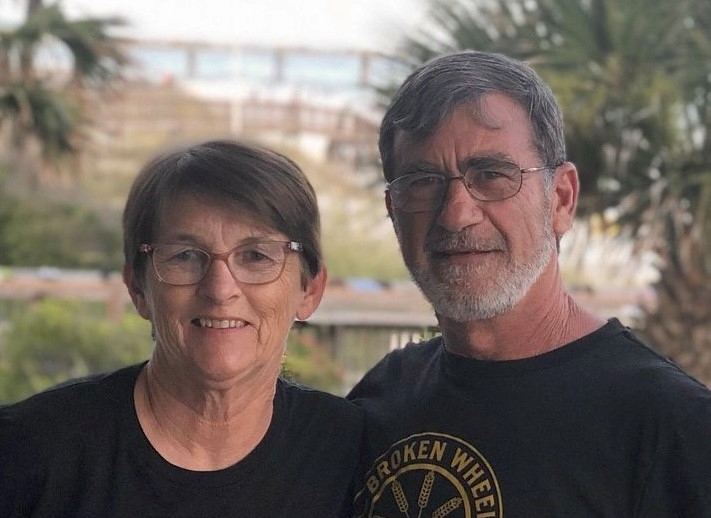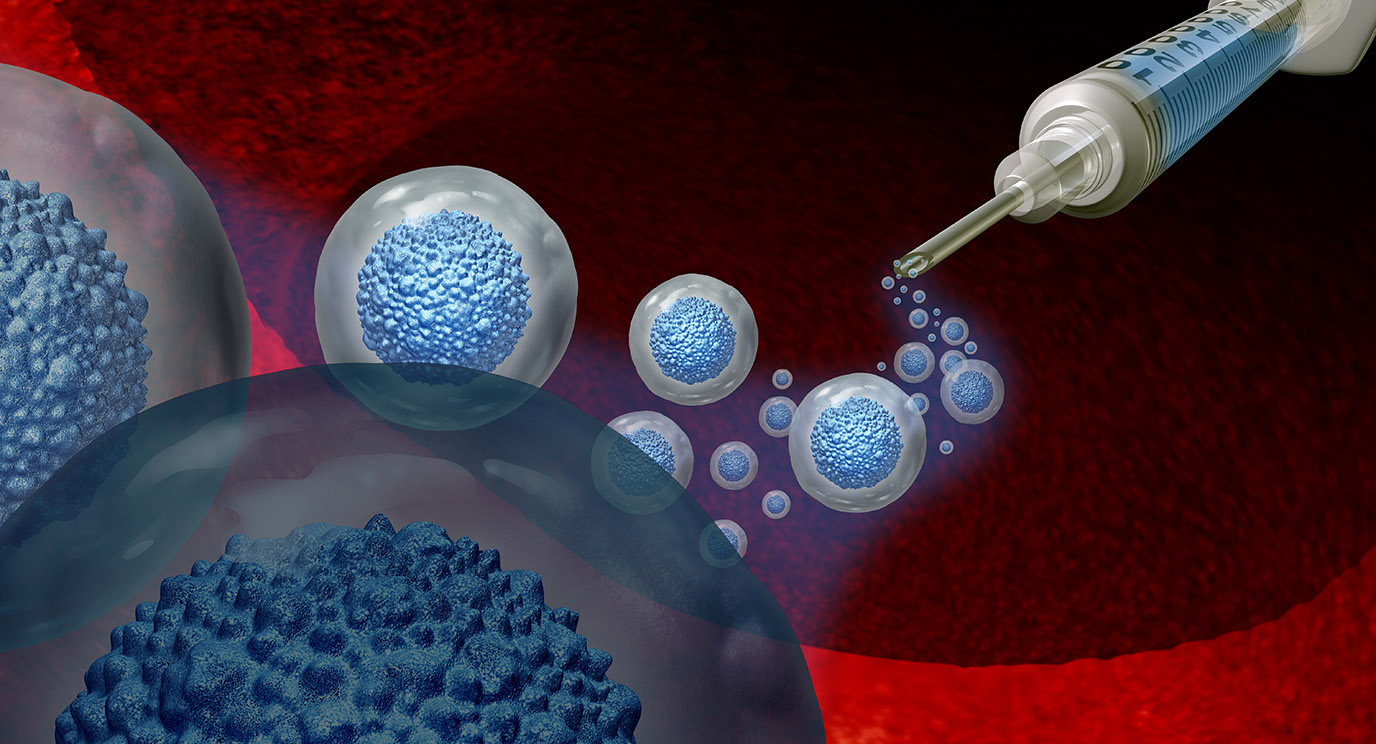- Diseases
- Acoustic Neuroma (14)
- Adrenal Gland Tumor (24)
- Anal Cancer (66)
- Anemia (2)
- Appendix Cancer (16)
- Bile Duct Cancer (26)
- Bladder Cancer (68)
- Brain Metastases (28)
- Brain Tumor (230)
- Breast Cancer (718)
- Breast Implant-Associated Anaplastic Large Cell Lymphoma (2)
- Cancer of Unknown Primary (4)
- Carcinoid Tumor (8)
- Cervical Cancer (154)
- Colon Cancer (164)
- Colorectal Cancer (110)
- Endocrine Tumor (4)
- Esophageal Cancer (42)
- Eye Cancer (36)
- Fallopian Tube Cancer (6)
- Germ Cell Tumor (4)
- Gestational Trophoblastic Disease (2)
- Head and Neck Cancer (6)
- Kidney Cancer (124)
- Leukemia (344)
- Liver Cancer (50)
- Lung Cancer (288)
- Lymphoma (284)
- Mesothelioma (14)
- Metastasis (30)
- Multiple Myeloma (98)
- Myelodysplastic Syndrome (60)
- Myeloproliferative Neoplasm (4)
- Neuroendocrine Tumors (16)
- Oral Cancer (100)
- Ovarian Cancer (170)
- Pancreatic Cancer (164)
- Parathyroid Disease (2)
- Penile Cancer (14)
- Pituitary Tumor (6)
- Prostate Cancer (144)
- Rectal Cancer (58)
- Renal Medullary Carcinoma (6)
- Salivary Gland Cancer (14)
- Sarcoma (236)
- Skin Cancer (296)
- Skull Base Tumors (56)
- Spinal Tumor (12)
- Stomach Cancer (60)
- Testicular Cancer (28)
- Throat Cancer (90)
- Thymoma (6)
- Thyroid Cancer (98)
- Tonsil Cancer (30)
- Uterine Cancer (78)
- Vaginal Cancer (14)
- Vulvar Cancer (18)
- Cancer Topic
- Adolescent and Young Adult Cancer Issues (20)
- Advance Care Planning (10)
- Biostatistics (2)
- Blood Donation (18)
- Bone Health (8)
- COVID-19 (362)
- Cancer Recurrence (120)
- Childhood Cancer Issues (120)
- Clinical Trials (628)
- Complementary Integrative Medicine (24)
- Cytogenetics (2)
- DNA Methylation (4)
- Diagnosis (230)
- Epigenetics (6)
- Fertility (64)
- Follow-up Guidelines (2)
- Health Disparities (14)
- Hereditary Cancer Syndromes (124)
- Immunology (18)
- Li-Fraumeni Syndrome (8)
- Mental Health (118)
- Molecular Diagnostics (8)
- Pain Management (62)
- Palliative Care (8)
- Pathology (10)
- Physical Therapy (18)
- Pregnancy (18)
- Prevention (898)
- Research (392)
- Second Opinion (74)
- Sexuality (16)
- Side Effects (604)
- Sleep Disorders (10)
- Stem Cell Transplantation Cellular Therapy (216)
- Support (404)
- Survivorship (322)
- Symptoms (184)
- Treatment (1776)
Understanding stem cell transplants
5 minute read | Published January 13, 2025
Medically Reviewed | Last reviewed by Amin Alousi, M.D., on January 13, 2025
A stem cell transplant is often the best option to treat blood cancers, such as leukemia, lymphoma, multiple myeloma and myelodysplastic syndrome, as well as bone marrow failure syndromes like aplastic anemia.
To understand the different types of stem cell transplants and how they work, we spoke with Amin Alousi, M.D. Here’s what he had to say.
What are stem cells?
Stem cells are the “seeds” that reside in our bone marrow and eventually mature into the cellular components of our blood:
- red blood cells carry oxygen to our tissues
- platelets form clots to stop bleeding
- white blood cells fight off infections
How many different types of stem cell transplants are there?
Stem cell transplants fall into two categories: autologous and allogeneic.
An autologous stem cell transplant uses the patient’s own cells for treatment. We collect healthy stem cells from the patient, treat the cancer with high-dose chemotherapy, and then give the cells back. The patient will have low blood counts until the replaced stem cells become engrafted in the bone marrow and start replenishing the body’s supply of normal, healthy cells.
An allogeneic stem cell transplant is similar, but we take cells from a donor. "Allo" means "other." The transplanted cells kill any remaining cancer cells and restore the patient’s immune system.
Where do allogeneic stem cell transplant donor cells come from?
There are three different subtypes of allogeneic stem cell transplants:
- bone marrow transplants
- peripheral blood transplants
- cord blood transplants
With a bone marrow transplant, the donor receives general anesthesia, and the bone marrow is extracted in a 1-2-hour procedure. Once patients complete conditioning chemotherapy to prepare their body and destroy as much of the cancer as possible, they receive an infusion of the donor’s healthy stem cells.
With a peripheral blood cell transplant, the donor receives growth factor shots to stimulate the bone marrow to push the stem cells out into the blood. This allows us to collect the stem cells from the blood using an apheresis machine (cell collection device).
The cells for a cord blood transplant come from an umbilical cord collected at birth by a cord blood bank, such as the MD Anderson Cord Blood Bank. For patients who don’t have a well-matched, healthy donor, a cord blood transplant is often a good option.
What determines if a donor is a good match?
We all have protein structures called human leukocyte antigens (HLA) on our cells’ surfaces. These allow our immune systems to recognize our own tissues as “self” and anything else as “other.”
We try to find a donor whose antigens match the patient’s antigens perfectly. Since antigens are inherited, family members -- especially siblings -- are a good starting point. But a family match isn’t guaranteed. That's why many patients find unrelated donors through the National Marrow Donor Program.
The closer the match, the less risky the transplant. If the donor cells aren’t a close enough match, the patient’s body may recognize the donor cells as foreign and reject them. Or, the cells from the donor may recognize the new body as foreign and attack it. This is called graft-versus-host disease, or GVHD. But we also look at other factors, including the donor’s:
- age
- sex
- blood type
- cytomegalovirus (CMV) exposure status
And these are just a few. There’s a long list of factors that go into that decision, beyond HLA type.
How do you decide what type of stem cell transplant a patient receives?
We consider the type of disease and how advanced it is. Most patients with multiple myeloma or lymphoma receive autologous transplants. Most leukemia patients receive allogeneic transplants.
Other factors we consider include:
- availability of a suitable donor
- previous treatments
- age and health of the patient and donor
Can a stem cell transplant be used in combination with other cancer treatments?
Technically, a stem cell transplant already is a combination treatment. A stem cell transplant has three phases. Infusing the cells is just one of them.
A week before the actual transplant, the patient receives conditioning chemotherapy to prepare the body for the new cells. This chemotherapy serves three purposes:
- treating the cancer
- suppressing the immune system to allow the donor cells to grow
- making physical room in the bone marrow for the donor cells to implant themselves
The transplant repopulates the immune system with healthy cells. But patients may receive additional treatments in the third phase.
What are the latest developments in stem cell transplant research?
At one time, GVHD was the leading cause of death after a stem cell transplant. Today, we are successfully preventing that complication more and more with immunosuppressive therapy. This allows the donor cells to keep growing.
Research has also enabled us to develop more effective conditioning chemotherapy regimens to treat patients’ underlying cancers. This reduces both the type and degree of their possible side effects.
Finally, we’re able to do more transplants now in people who do not have a perfect tissue match. We can use bone marrow from half-match (haploidentical) relatives, or even mismatched unrelated donors successfully. And, we’ve reduced the risks associated with that, so we can treat even more patients who wouldn’t normally be eligible to receive a stem cell transplant. We’ve also developed better ways of treating infections, making the procedure even safer.
What’s your advice to someone considering a stem cell transplant?
Learning that you need a stem cell transplant can be overwhelming. So, seek help from social work counselors if you need support.
Make sure you have all the resources you need, too, so that you can go into the process well-informed and know what to expect. There are many educational materials available, so seek them out and take advantage of them.
Finally, line up your caregivers as quickly as possible. No one should have to undergo this process by themselves.
Anything else you’d like people to know about stem cell transplants?
Some people have been told that they’re “too old” to get a stem cell transplant. But that’s not necessarily true. There’s no longer any absolute cut-off age. Patients over age 65 are increasingly receiving transplants. Some recipients are well into their 70s and 80s.
As recently as 20 years ago, these same people would not have been considered good candidates. So, if you’re ever told that, get a second opinion and be re-evaluated.
Request an appointment at MD Anderson online or call 1-833-900-1416.
Related Cancerwise Stories

Now, we can treat even more patients who wouldn’t normally be eligible.
Amin Alousi, M.D.
Physician





